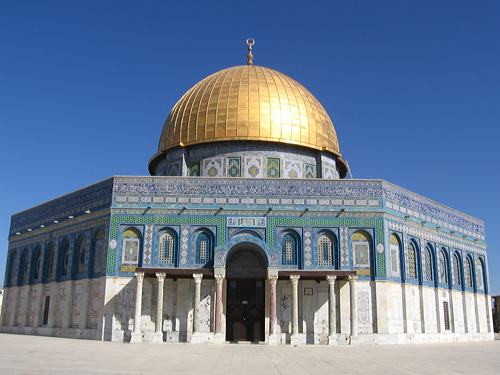Visual Cultures of Islam

Cross listed with MIDEAST & ISLAM 285
Artistic and architectural activity has thrived in the lands of Islam from the seventh century until today. Under this new faith of the Judeo-Christian line, the Middle East witnessed the emergence of a creative order that built upon older traditions, including those of Byzantium and Iran. This class explores the birth and development of Islamic expressive traditions in the Arabian Peninsula, stretching out to North Africa, the Mediterranean, Iran, Turkey, Central Asia, and the Indian Peninsula. The visual cultures that have emerged in Islamic lands over more than a millennium reveal notable richness and flexibility. For example, they interact with local, regional, and global cultures, as exemplified by the portable luxury objects that crossed the Mediterranean Basin during the Crusades or paintings and prints that were traded between empires from the fifteenth century onward. For their part, architectural styles, urban plans, and even landscaping could represent religious faith and earthly cosmopolitanism, as is the case for the Dome of the Rock in Jerusalem and the Taj Mahal in India. Today, the artistic and visual cultures of lands with Muslim majority populations continue to thrive, building upon and adapting older traditions. Whether these practices engage calligraphic expression, geometric design, or figural representation, the visual cultures of Islam provide valuable insight into humans' creativity and contributions to the world's artistic patrimony.
No cost for materials.
All readings available as PDFs uploaded to Canvas.
HISTART Concentration Distributions: A. The Middle East, 2. Medieval, 3. Early Modern